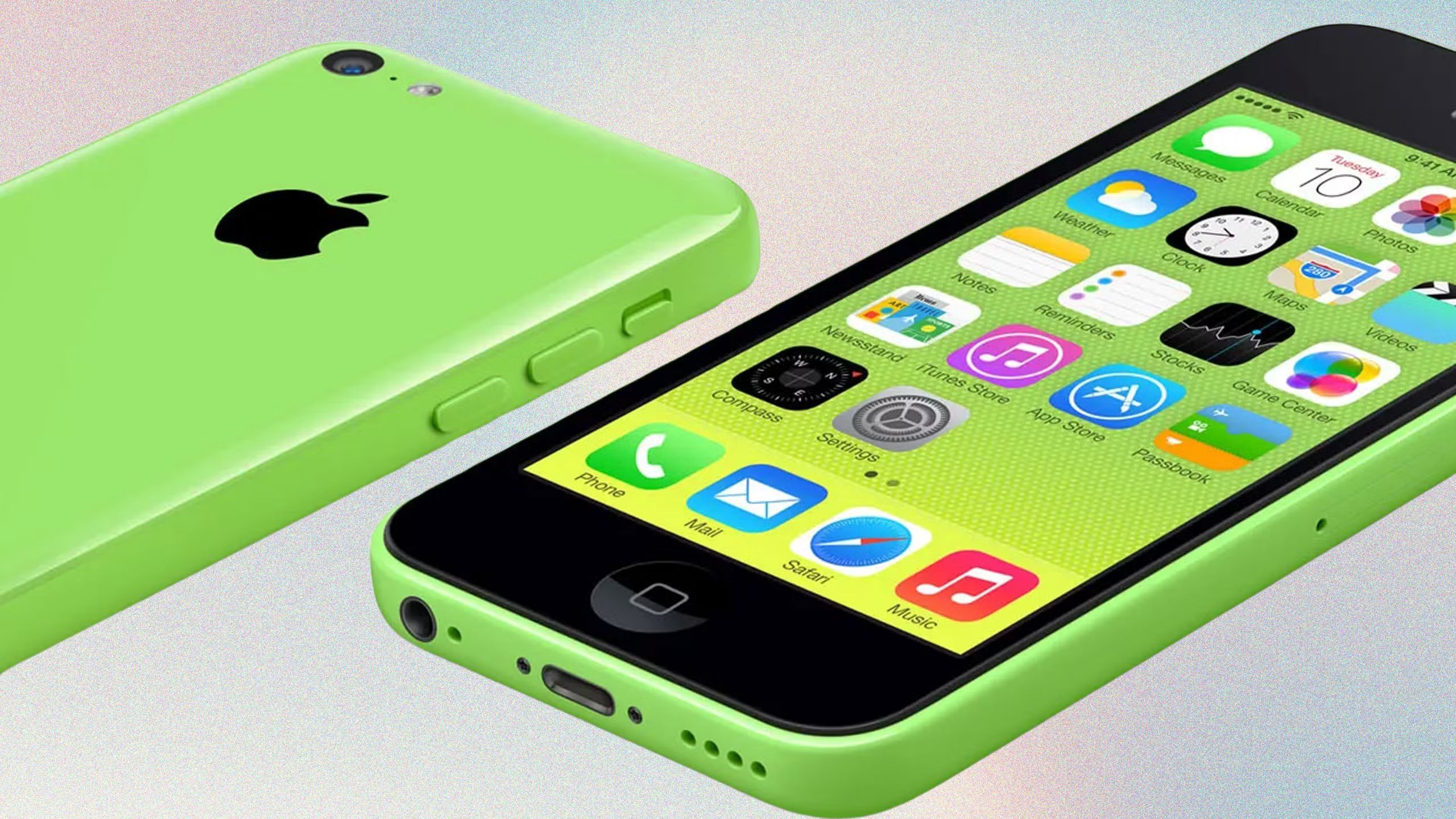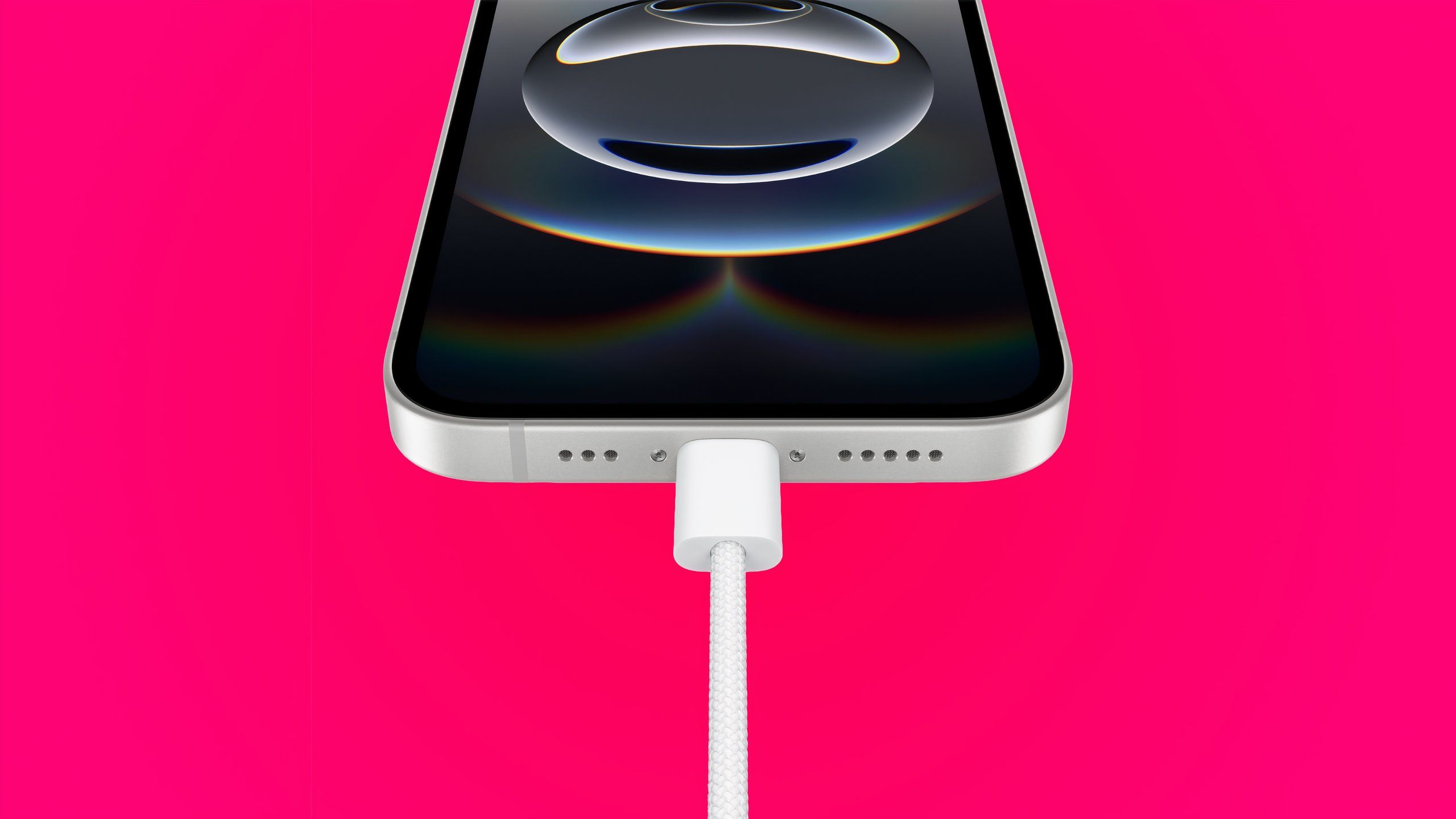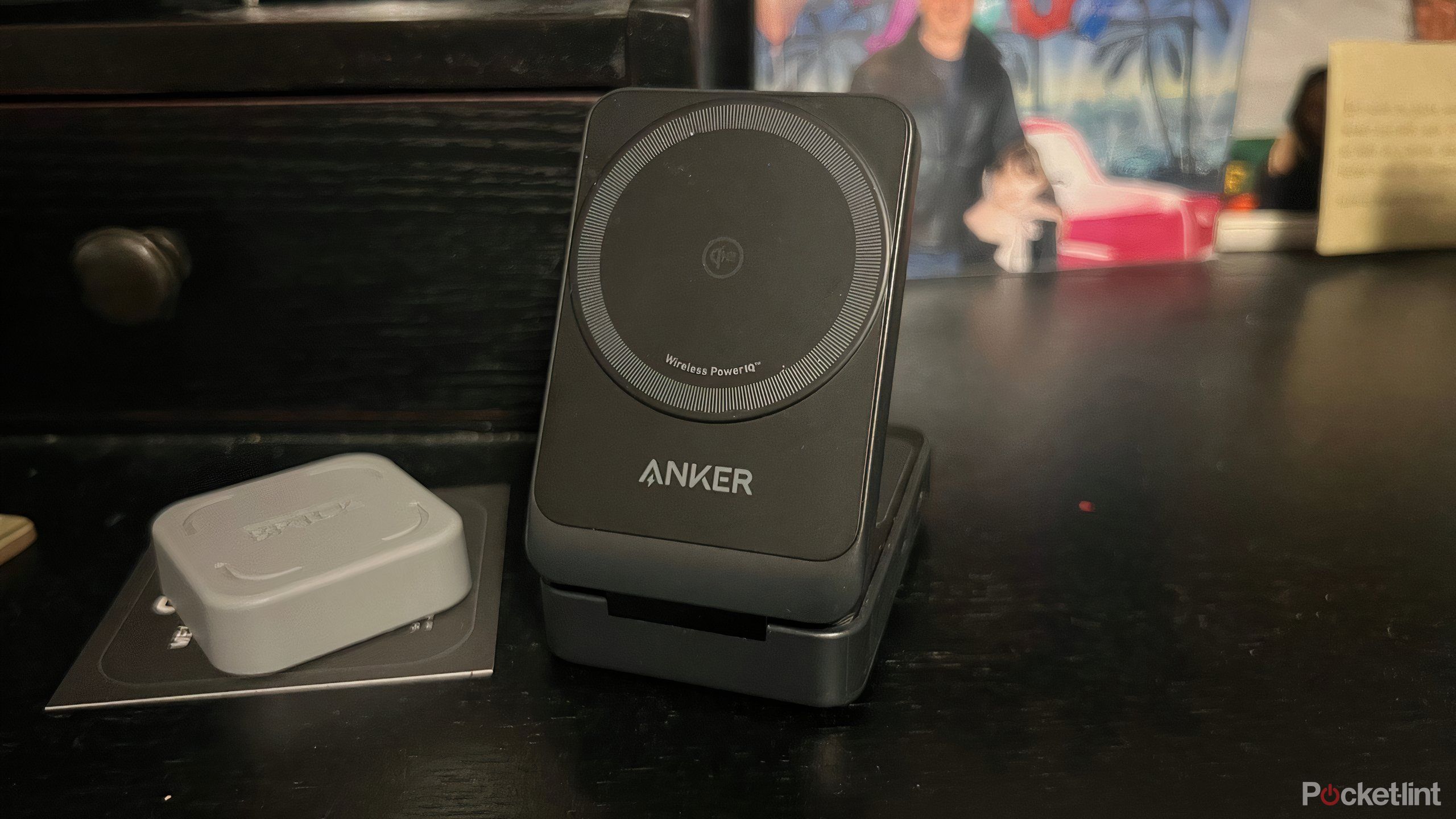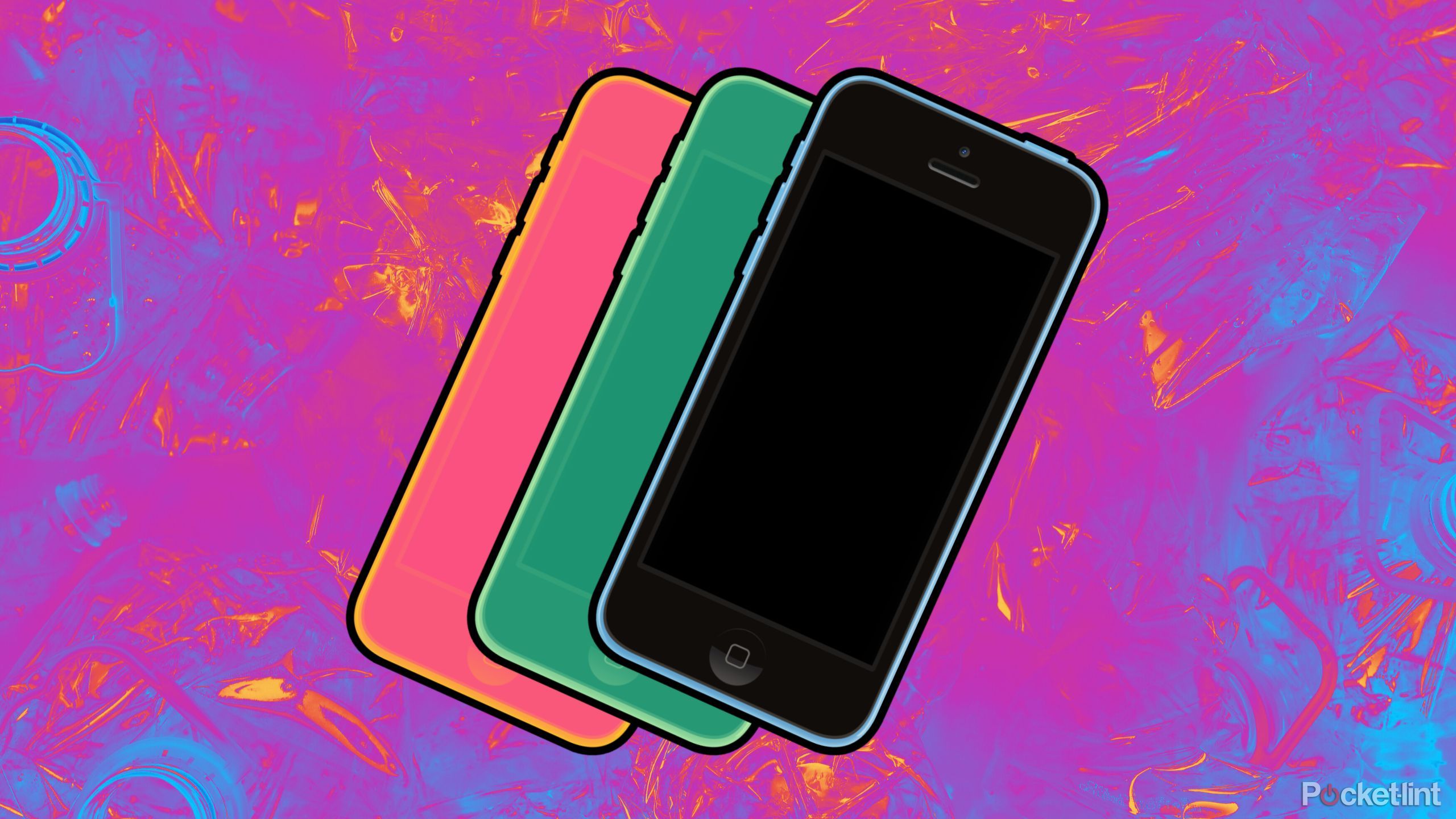Summary
- Killing apps won’t save battery, it may hurt it.
- Charging overnight can damage battery life.
- Avoid letting your phone reach 0% for battery longevity.
Having a dead phone turns your investment into a paperweight. It’s basically useless to you. That’s why people worry so much about their phone’s battery. If it’s starting to run low, people will rush to find a charger to either plug into it or drop it on. There are a lot of devices that offer extended battery life, such as smartwatches, tablets, laptops, and more.
But phones aren’t often on the list. OnePlus phones tend to have incredible battery life, but many of the flagship phones that a lot of people use, the iPhone or the Samsung Galaxy, have only okay battery life. As you use them more, the battery life diminishes. Pretty soon, you might be wanting to charge your smartphone every few hours.
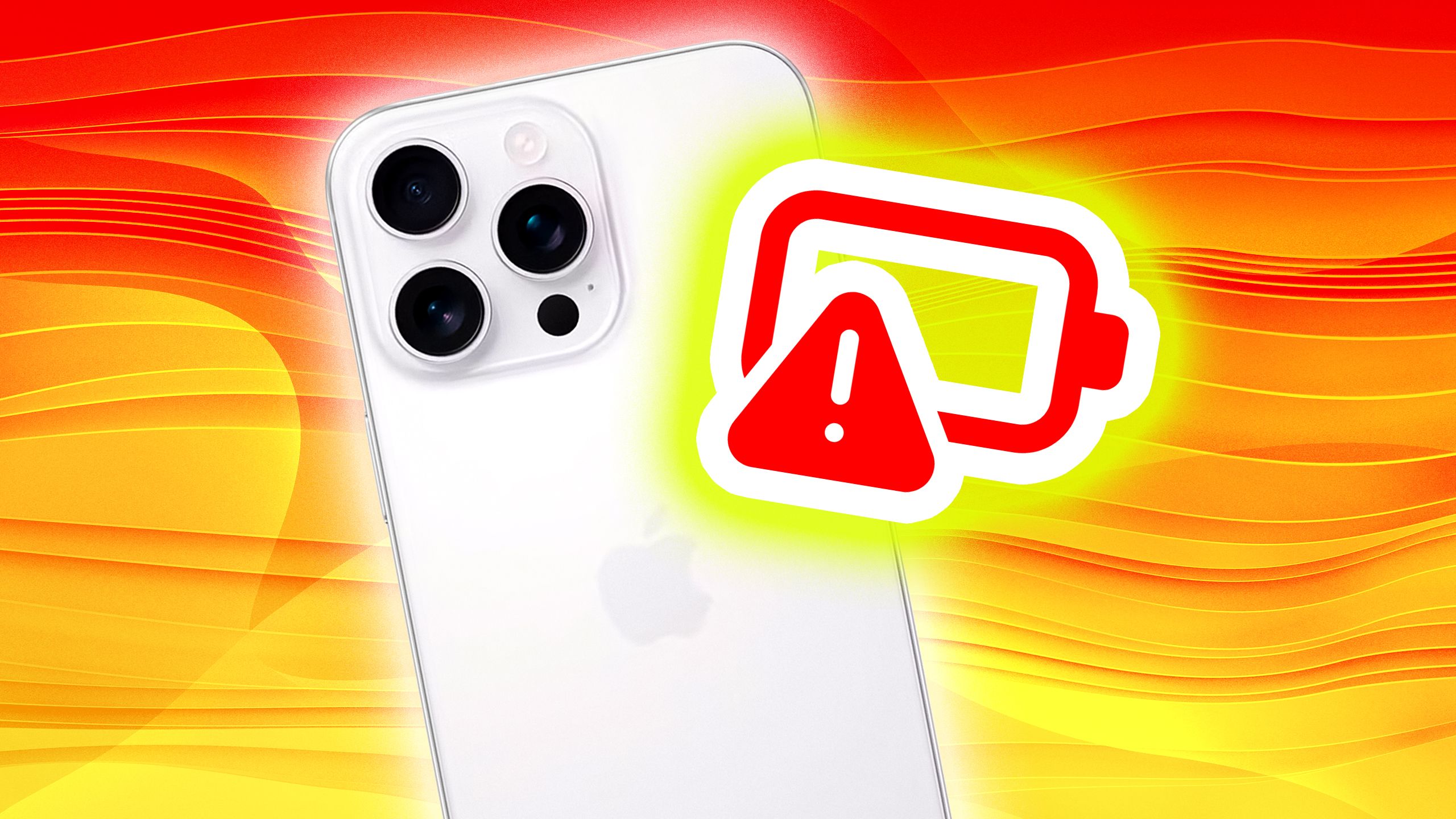
Related
Is Apple is falling behind on battery life? It certainly feels that way
When it comes to longevity, Apple barely seems interested in competing.
There are ways to make sure your battery lasts longer, but some people have preconceived notions about when and how they should be charging their phone. Here are five charging myths that you shouldn’t believe.
1
Killing apps saves your battery life
They aren’t actually hurting your battery
Apple / Pocket-lint
You’ve probably heard in the past that the more apps you have open on your phone, the more battery it is going to hurt. That actually isn’t the case. When apps are being used in the background, they are often paused, and not actively running. Phone operating systems these days, including Android and iOS, have background activity systems built in, meaning they know when to recognize an app that is in the background and when to recognize one that is being actively used.
The right time to close out an app is when it is either frozen or you know you aren’t going to use it again for a while.
The fact of the matter is that it may actually cost you battery life if you are opening your phone to cancel out apps. If you are then opening up that app again in a short amount of time, having to force it to open from storage instead of being already open can drain the battery more. Reloading it and initializing it again can be a further power drain than just having it show up again from its paused state.
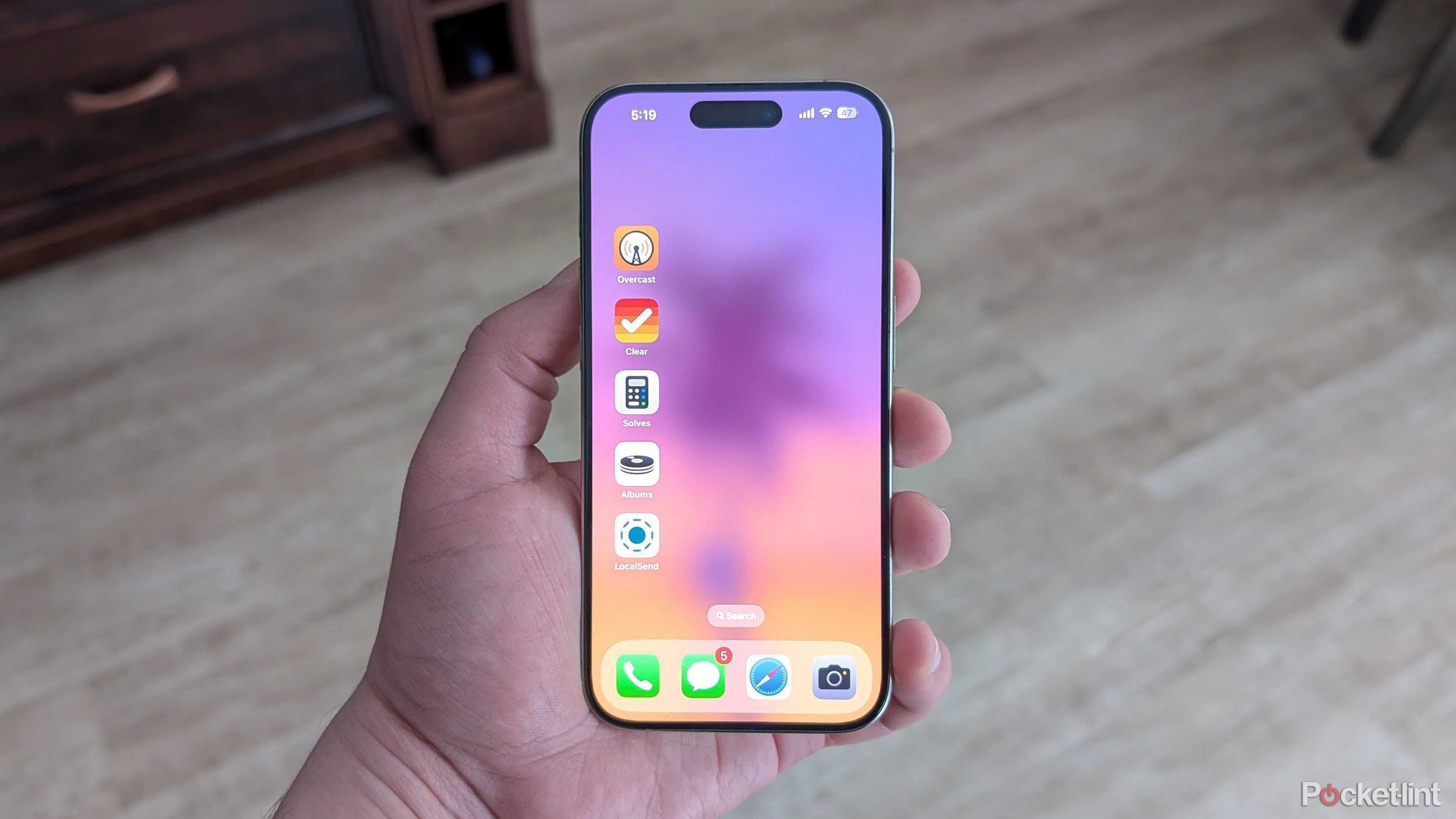
Related
5 default iPhone apps I ditched as soon as I tried these alternatives
Apple’s native suite of in-box apps are serviceable, but third-party developers have, in many instances, crafted superior experiences.
2
Charging your phone overnight will get it ready for the next day
This amount of time plugged in could hurt your battery
Apple / Pocket-lint
Keeping your phone charged for when you wake up in the morning does make a lot of sense. You’re starting the day fresh with a fully charged phone and the day seems like it can’t go wrong from there. But your phone could be draining even faster because of it. Phones are generally supposed to be in the sweet spot between 80% and 20% battery during the day. Degradation of the battery begins to occur when it spends too much time below or above that.
Having your phone charging overnight could potentially also be a safety risk for you and your family. Depending on the charger that you’re using, the charger could cause the temperature of your phone to rise. A rise in temperature has a direct effect on how long your battery can last. The more time it spends in hotter temperatures, the faster it can degrade.
It’s also the reason why phones shouldn’t be left in direct sunlight.
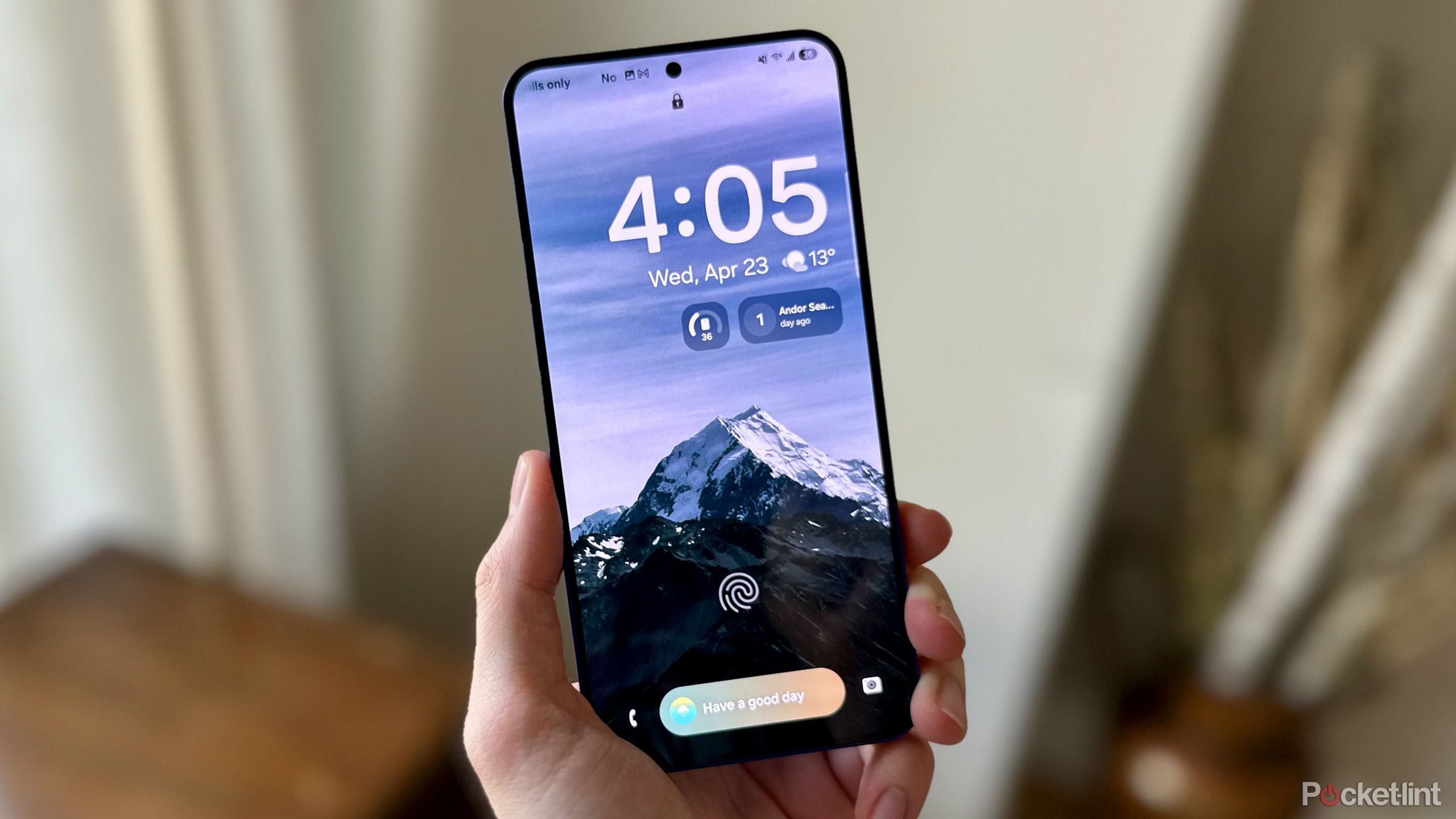
Related
5 One UI 7 features that make me stop missing my iPhone
One UI 7 is packed full of new features that made it worth the wait.
3
You should deplete your battery to 0% before recharging
A completely dead phone is worse
You unequivocally shouldn’t let your phone reach 0% if you can help it. This is because you will spend more energy and more battery life trying to get it back up from 0%. If you do plan to charge overnight because you want to have a phone that’s fully ready in the morning, you should do it with regularity. This is because your phone can learn your usual charging patterns. For example, an iPhone will charge your phone up to 80% if it knows you are plugging it in at a certain time for a long period of time.
Phones are generally supposed to be in the sweet spot between 80% and 20% battery during the day.
Just before you typically unplug it, it will charge the rest of the phone up to 100%. This eliminates the need for your phone to charge and then remain at 100%. The same goes for charging all the way from 0% to 80%. It costs much less energy and time for it to charge from 20% to 80% than it does to go from 0%. When your phone dies, it still has enough battery to tell you that it’s dead, but it can’t do anything else until it’s charged. Powering up even takes time and battery level. By not letting it get to 0%, you’re saving your battery from having to work harder.
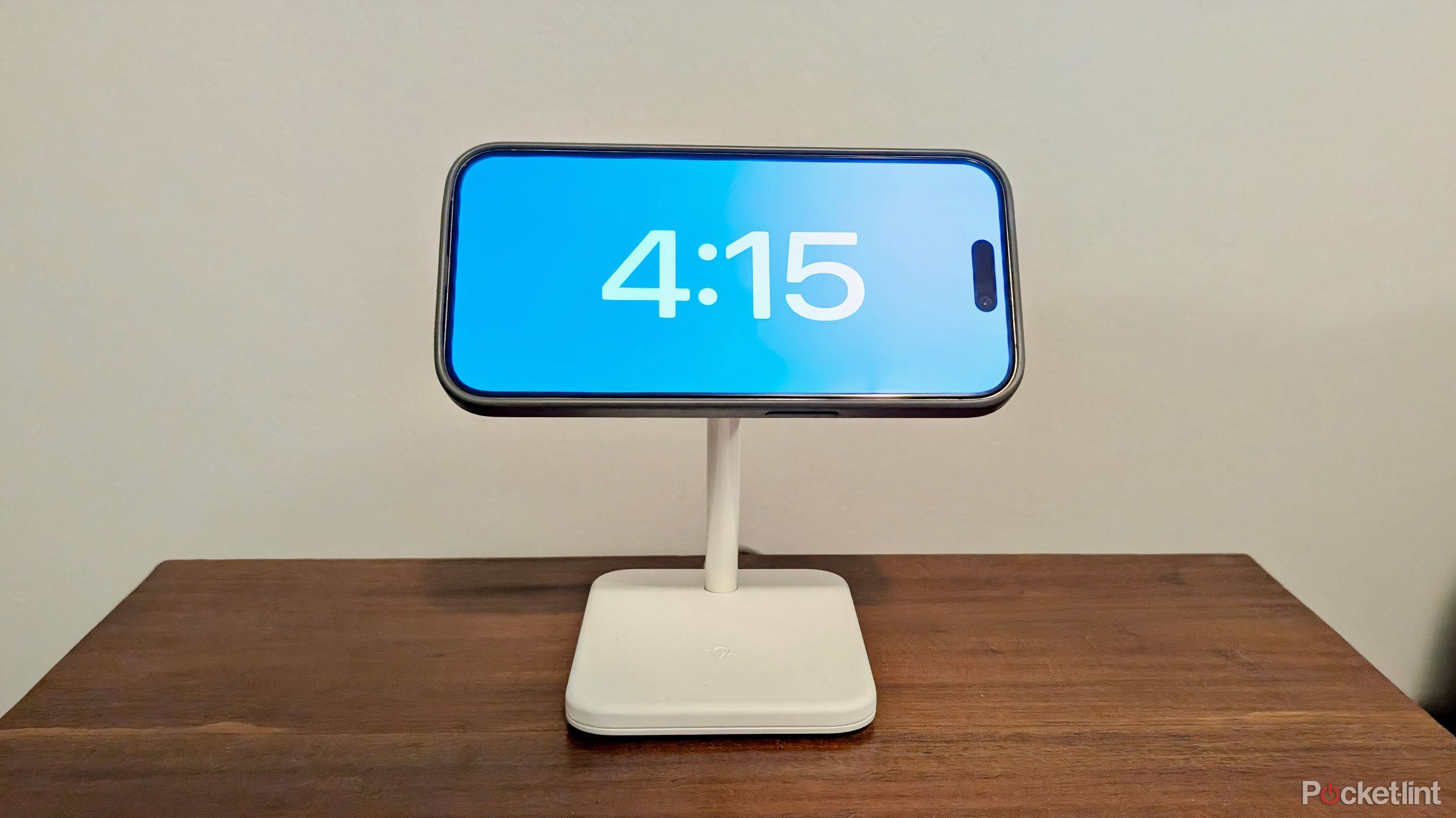
Related
Twelve South’s HiRise 2 Deluxe is one of the best-looking Qi2 chargers
The Twelve South HiRise 2 Deluxe is a premium 2-in-1 Qi2 wireless charger, and a well-crafted one at that.
4
All third-party chargers are bad for your phone
There are some, but it’s not all
It’s important to look for a reputable brand of charger if you don’t want to use one made by the manufacturer of your phone. You’ll get in trouble when you buy a brand that is cheaply made. Most companies will put security measures in place for their charges, which will prevent overcharging, but not all manufacturers do — using a charger that doesn’t offer protection for your phone can seriously damage it.
There are solid third-party options out there, but if you’re unsure, sticking with your phone’s official charger is the safest bet. Even a few minutes on a sketchy charger can mess with your battery long-term. Look for certifications, check the reviews, and don’t just grab the cheapest one on Amazon.
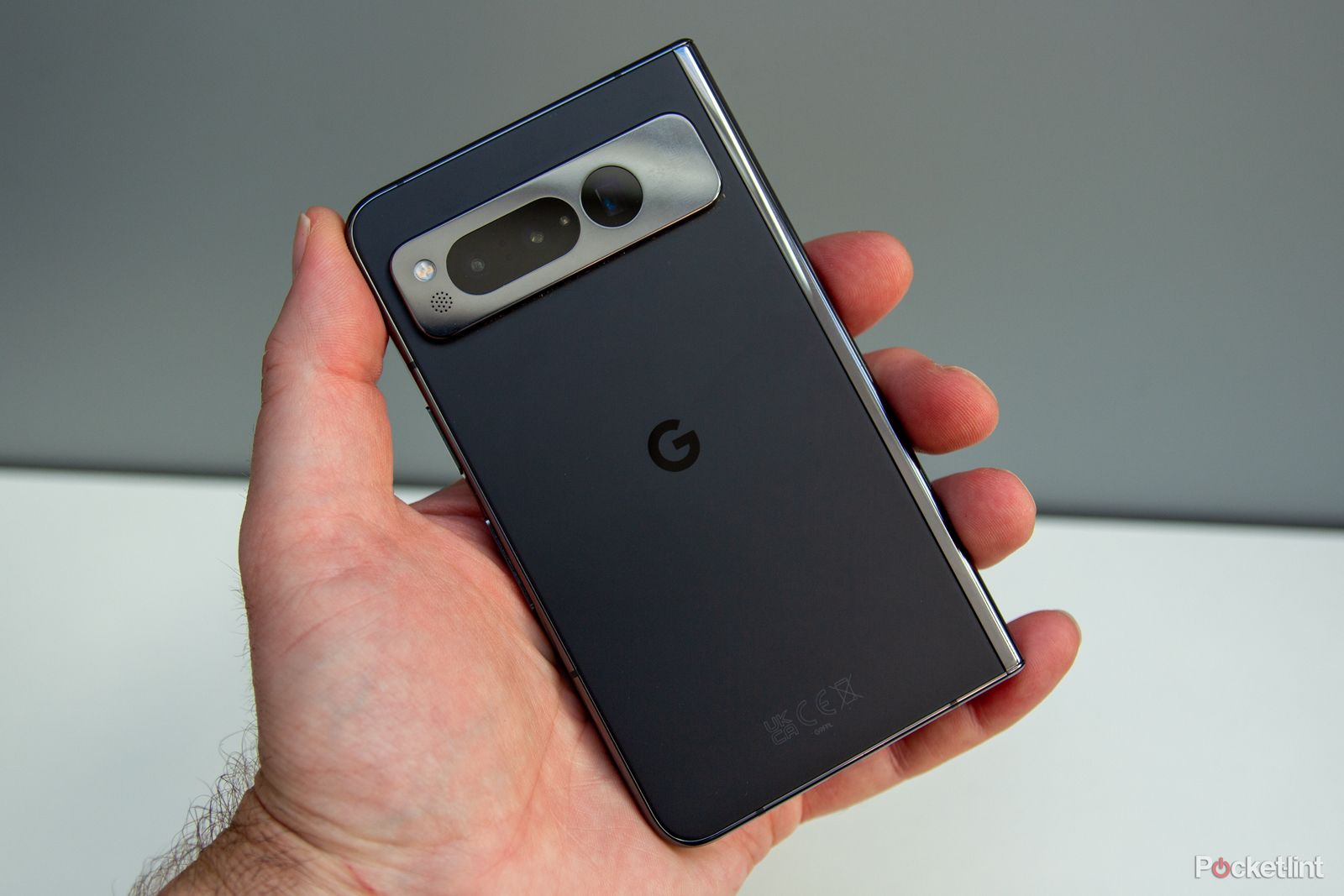
Related
Best wired and wireless Pixel Fold chargers
Our top picks to charge your Pixel Fold, with style, speed, or portability.
5
Charging to 100% battery life is necessary
Your phone can thrive on just a little battery
Here’s something you may not actually know: even though your phone says it is at 100%, it probably isn’t using 100% of its battery capacity. That’s because manufacturers don’t want you using up the battery’s full capacity. This would diminish the life of the battery. So, what you see your phone marking as 100% is not actually that. Because of that, you can see that your phone is perfectly fine working on less than 100% battery life.
In fact, most phones run best when charged up to around 80%. Some phones, like iPhones, even let you stop charging automatically at 80% to protect your battery. A full charge cycle means going from 100% to 0% and back again. But if you keep your battery between 20% and 80%, you’re stretching its lifespan by avoiding those extreme highs and lows.





